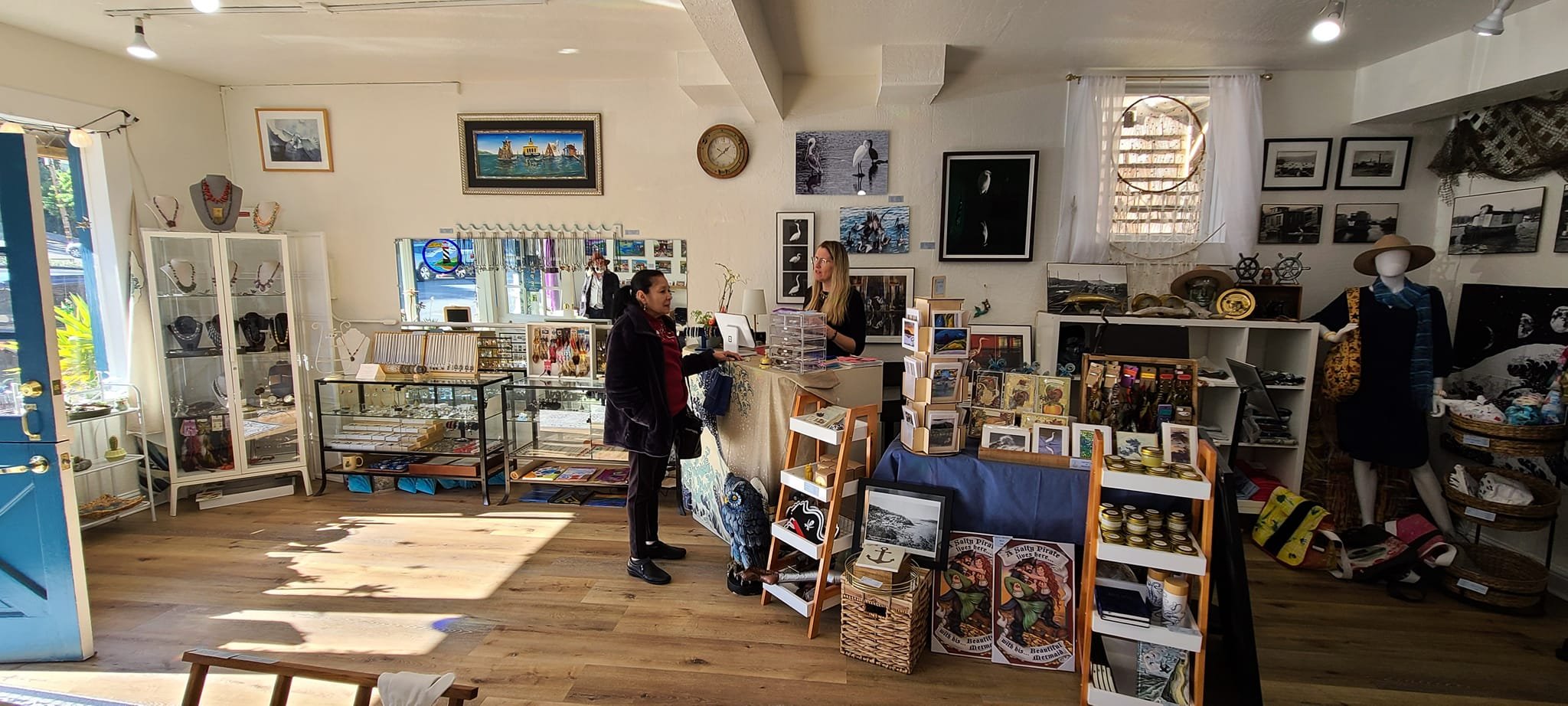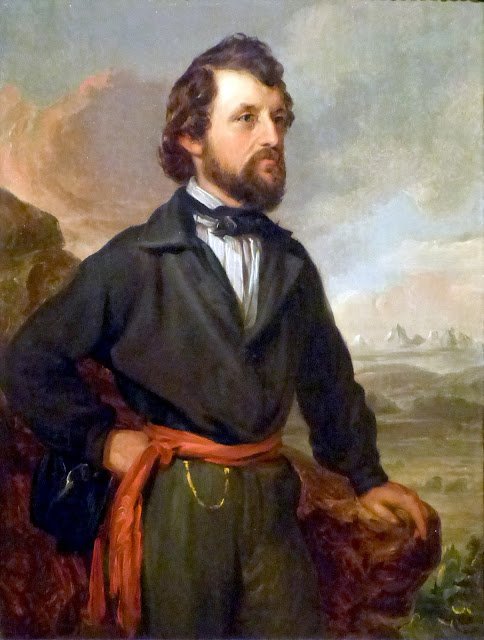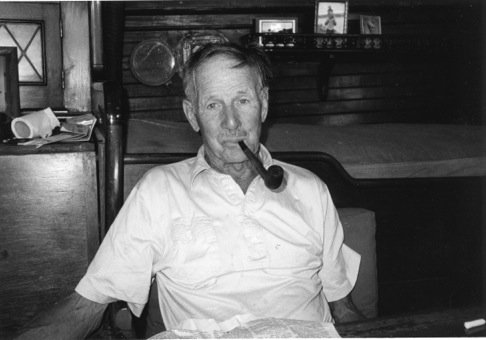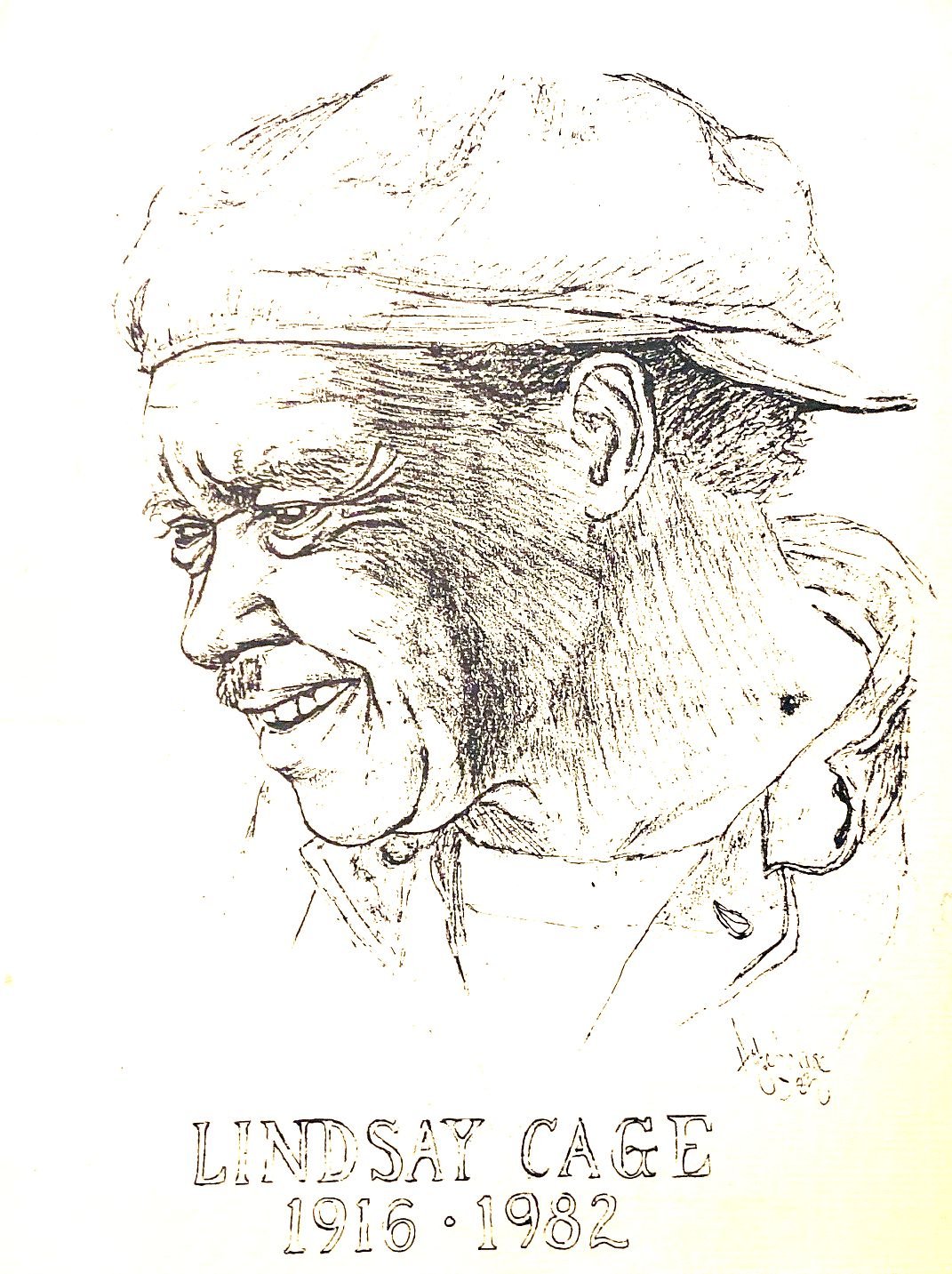By Larry Clinton, Sausalito Historical Society
ILLUSTRATION BY DONA SCHWEIGER
Juanita and her famous motto.
The story of how Juanita Musson moved her Galley onto the Charles Van Damme ferry is as colorful as the old girl and the old boat themselves.
By 1959, Juanita was a nationally known restaurateur. The Fort Worth Press reported on how she found her way onto the old ferry:
“It wasn't only Halloween on the horizon near the end of 1959, it was a double-wheeled ferryboat wallowing a few hundred yards out in the bay. For as long as she had been in the business of feeding people, she had longed to feed them on board the half-sunk Charles Van Damme.”
After nearly a half century of service, bridges had put the old paddle-wheeler out of business and the old hulk was towed to Sausalito. There her petcocks were opened, and the ferry was scuttled up to her gunwales in muddy water. When Juanita's lease was almost up on Gate 5 Road, her rent was raised to an unacceptable $550 a month, and as Sally Hayton-Keeva put it in her book Juanita!, “she decided it was time to fish or cut bait. Without preliminaries, she went to speak to one of the ferryboat's owners [Don Arques]. She wanted it for a restaurant, she told him, and how much would he want for it if she towed it to land? ‘If you can get a permit to put a restaurant on it,’ he told Juanita, ‘you can have the boat rent free for one year.’”
By then Juanita was known for her epic breakfasts and monumental servings of prime rib. Visitors came and went frequently, including a raft of celebrities from Janis Joplin to Noel Coward, sharing space with Juanita’s menagerie of dogs, cats, fawns, turkeys and other semi-domesticated fauna. Despite her prickly reputation, Juanita was soft-hearted and generous to her staff and patrons, some of whom took advantage of her casual business sense by ripping her off. Debts began to mount up even as her reputation became the stuff of legend.
By 1963 Juanita owed the IRS many thousands more than could fit in her cleavage. A series of fundraisers began, largely supported by customers and local teens. The faithful Kingston Trio, Tommy Smothers, Glenn Yarbrough, and many others performed for free. "They were great, those guys,” Juanita remembered.
But there was also a notorious motorcycle gang that held weekly meetings, with her permission, on the Van Damme. One day they got into a brouhaha that spelled the beginning of the end of Juanita’s time in Sausalito. One combatant told Sally Heaton-Keeva:
“It looked like one of those Tom Mix movies, with chairs flyin' out the windows and plates sailin' through the air and jam splashed all over the walls. There must've been about twenty people on each side and nobody was standin' around and waitin'. That fight was really the most amazing thing I ever have seen.
“A couple of days later I saw her picture in the paper with a chair over her head and she was sayin', "This is the end of my business," which it was, at least on that boat. The income tax evasion people got after her and then the Board of Health, until she actually had to close her place down. Its closing was really the direct result of the fight because once that went down, so did everything else come down on her.”
Juanita later told the Contra Costa Times, “After the boat closed, I didn't know where to go or what to do with myself.” Bored and broke, she accepted a job with her old frenemy, Sally Stanford at the Valhalla. Contrary to many rumors, this was the first time Juanita ever worked for the notorious ex-madam. Then, with the help of Stanford and other loyal customers, she took over a ramshackle resort in Sonoma County, which led to a long career running various incarnations of the Galley in the North and East Bay, a number of which were destroyed by fire.
In 1982, Juanita retired from the restaurant business and moved back to Sonoma, where she lived mainly on Social Security benefits. In 2002, friends raised enough money for her to move to a retirement community in Agua Caliente. In 2011, she died at Sonoma Valley Hospital after suffering a stroke, at age 87.
A year later the ferry was demolished leaving just the paddlewheel and smokestack. The Richardson’s Bay Maritime Association (RBMA), a 501 (c)(3) nonprofit, is spearheading a campaign to restore those relics for permanent public display in the park off Gate 6 Road, near where the ferry was beached. For more information or to donate to their campaign, go to https://www.charlesvandammeferry.org.




















